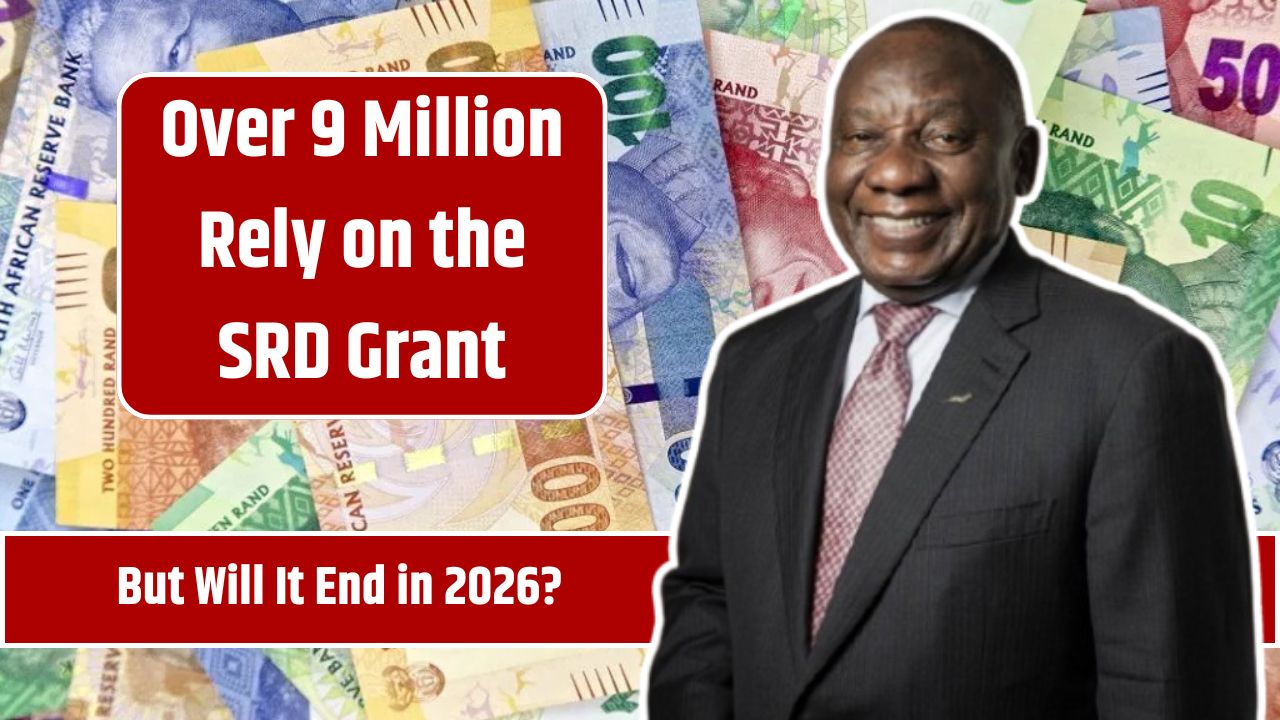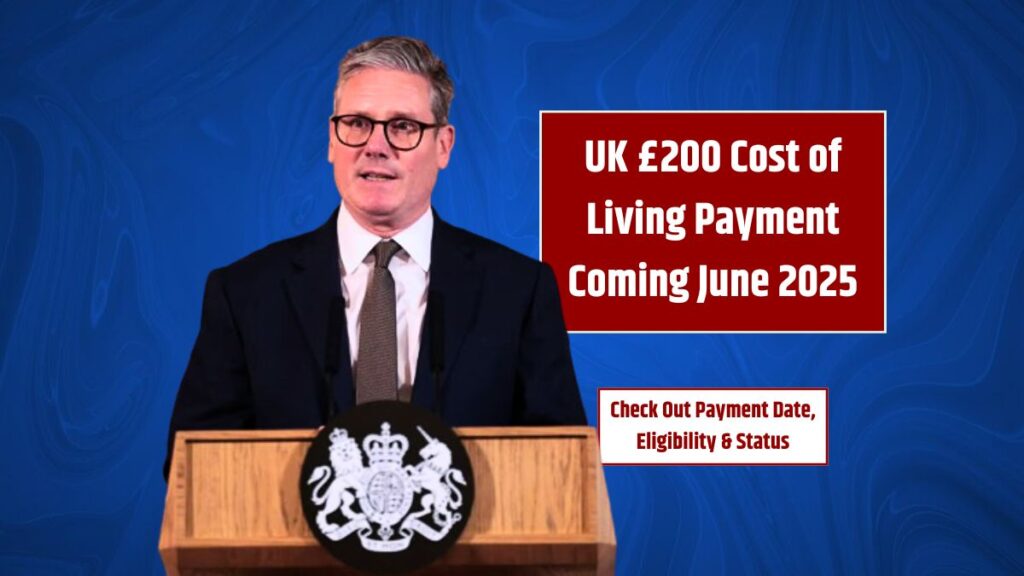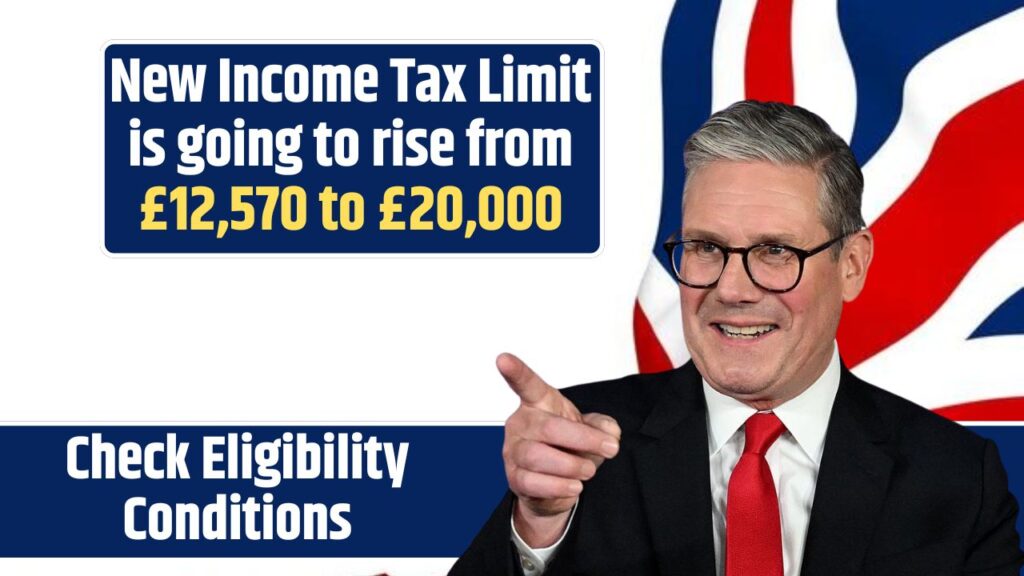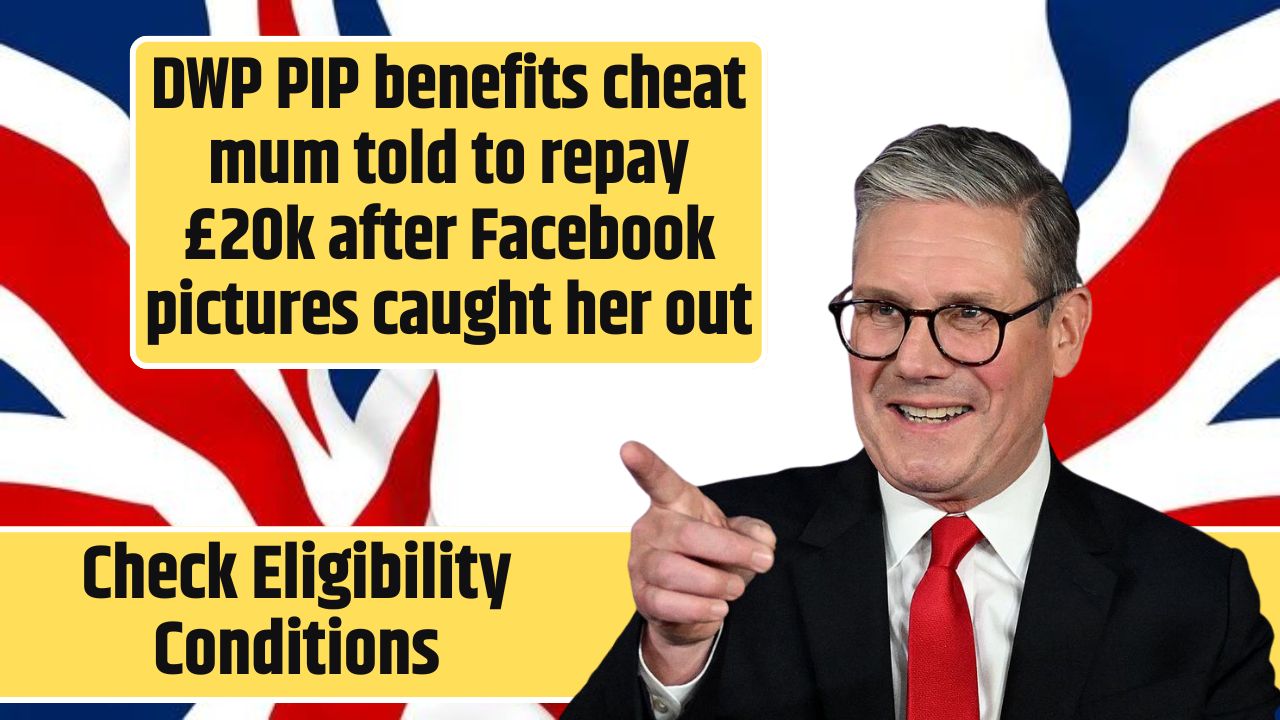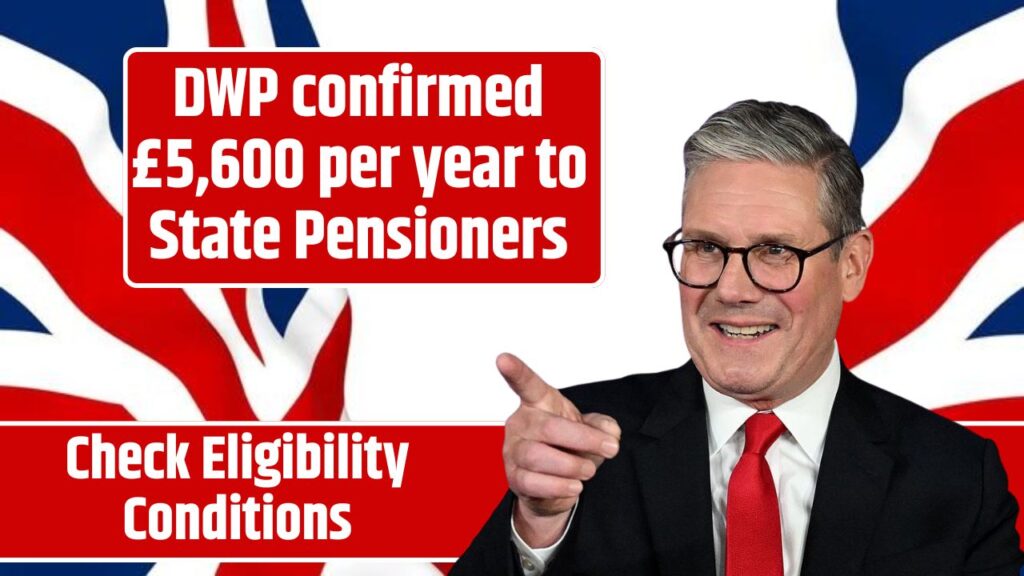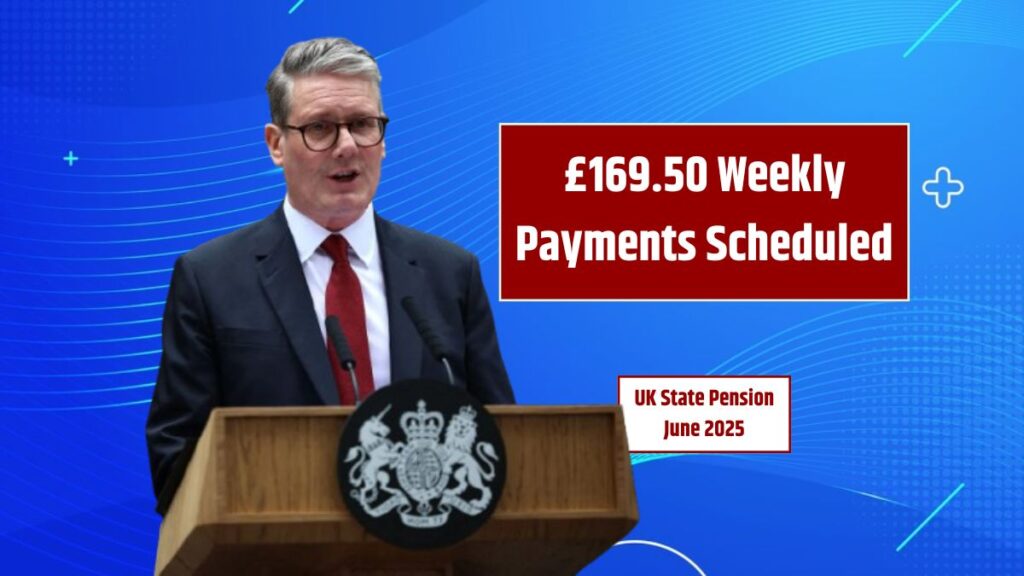The Social Relief of Distress (SRD) grant continues to serve as a financial lifeline for millions of South Africans, with over 80,000 new applications submitted every month. As economic hardships persist, particularly among unemployed youth, the grant’s role has expanded far beyond its initial emergency purpose. However, low payouts, rejections, and legal challenges cast uncertainty on its future—especially with the current extension set to expire in March 2026.
In this guide, we explore who qualifies for the SRD grant, how to apply, ongoing issues, and what changes may lie ahead.
What Is the SRD Grant?
Introduced in May 2020 during the COVID-19 pandemic, the SRD grant was intended as short-term relief. It provides R370 per month to qualifying individuals who are unemployed and not receiving any other form of government assistance. Though modest, this support is critical for millions.
| Aspect | Details |
|---|---|
| Current Monthly Grant Amount | R370 |
| Active Beneficiaries | Approx. 9 million |
| Total Applications Since 2020 | 17.4 million |
| Monthly New Applications | 80,000+ |
| Age Group Most Affected | 62% under age 35 |
| Majority of Applicants | Over 50% women |
| Top Provinces (by applications) | KwaZulu-Natal, Gauteng, Eastern Cape |
| Grant Extension Period | Until 31 March 2026 |
Who Qualifies for the SRD Grant?
To be eligible, applicants must meet all of the following criteria:
- Be a South African citizen, permanent resident, or refugee with a valid permit.
- Live in South Africa.
- Be 18–59 years old.
- Be unemployed with no source of income.
- Not receiving any social grant, UIF, or NSFAS funding.
- Not be in a state-subsidized institution.
- Earn less than R624 per month.
Note: The R624 income threshold has been legally challenged for being unconstitutional, but the government is appealing the ruling. This means the rule remains in effect for now.
How to Apply: Step-by-Step Guide
1. Gather Required Documents
- South African ID or asylum/refugee permit
- Cellphone number (for OTPs)
- Proof of no income
- Bank account details
2. Choose an Application Method
| Method | How to Apply |
|---|---|
| Online | Visit srd.sassa.gov.za |
| Send “Hi” to 082 046 8553 | |
| USSD | Dial *134*7737# |
3. Submit and Wait for Verification
SASSA checks your income, banking, and personal records with other databases. Be patient—this process can take time.
4. Receive Your Grant
Approved beneficiaries receive payments via:
- Bank deposit
- Retail stores (e.g., Pick n Pay, Boxer, Shoprite)
- Post Office (in limited areas)
Tip: Keep your bank and contact details updated on the SASSA portal.
Challenges Facing the SRD Grant
1. Low Monthly Amount
- The R370 payout is far below the food poverty line of R760.
- Advocacy groups urge an increase to at least R413 to reflect inflation.
2. High Rejection Rates
- Many applications are denied due to minor data errors or income misclassification.
- Some are wrongly flagged as earning above the threshold due to outdated or incorrect third-party data.
3. Payment Delays
- Irregular processing, verification delays, and outdated contact details lead to late payments—sometimes by weeks.
International Comparisons
| Country | Program | Monthly Equivalent (ZAR) |
|---|---|---|
| South Africa | SRD Grant | R370 |
| United States | Unemployment benefits | R5,500–R11,000 |
| Brazil | Bolsa Família | Up to R1,500 per family |
| India | Regional cash transfers | R200–R1,000 (varies) |
South Africa’s grant is among the lowest globally, raising questions about its adequacy in meeting basic needs.
Legal Challenges and Uncertain Future
In January 2025, the Gauteng High Court ruled that some SRD eligibility rules, including the income threshold, were unconstitutional. The government appealed in February, which means stricter rules remain—for now.
Meanwhile, the current grant is funded until March 2026. After that, there are three potential paths:
- Make the SRD grant permanent as a new form of basic income support.
- Increase the grant amount to R500–R600.
- Discontinue the program if no long-term funding is secured.
Public pressure and political considerations ahead of national elections may shape the outcome.
The SRD grant remains a critical social safety net, but its challenges—low payouts, high rejection rates, and uncertain future—need urgent attention. With millions relying on this grant for basic survival, policy reforms and improved administration are essential.
FAQs
Can I reapply if I was rejected before?
Yes. If your circumstances have changed, or if you believe the rejection was an error, you can reapply.
Is the R370 grant amount expected to increase?
Not yet, but advocacy groups are pushing for an increase due to inflation and poverty levels.
Do I need to reapply every month?
No. Once approved, SASSA automatically reassesses your eligibility monthly.

